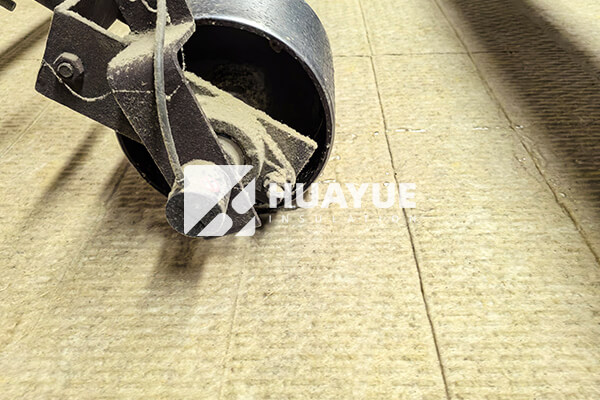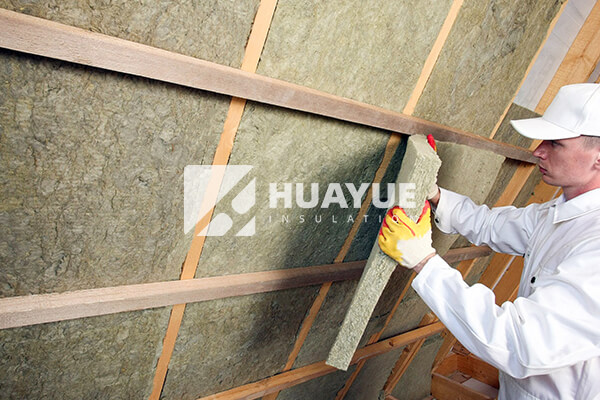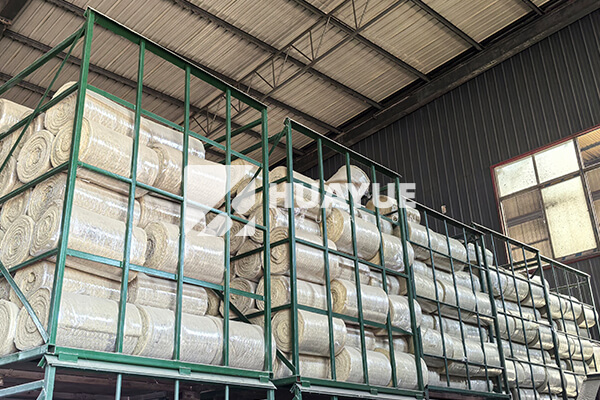Acoustic Mineral Wool Insulation: Does It Really Block Sound?
Unwanted noise disrupts our lives, but solutions can feel overwhelming. Acoustic mineral wool insulation promises better soundproofing—so how well does it really work?
Mineral wool insulation is an effective soundproofing material because its dense, fibrous structure absorbs and dampens airborne noise across a broad range of frequencies. It’s commonly used in walls, ceilings, and floors for reliable acoustic control in residential, commercial, and industrial settings.

Noise creeps into homes, offices, and even chemical plants. Many think expensive electronics or thick walls are the answer. I learned firsthand that insulation is the foundation of real acoustic control. In this post, I’ll explain what makes mineral wool stand out, compare it with rock wool, and walk you through its benefits for soundproofing. Read on if you’re tired of endless disturbance and want lasting results.
Is mineral wool good for soundproofing?
Noise from machinery, highways, or neighbors can feel relentless. People chase quick fixes and forget about the building envelope itself. I remember moments on job sites when conversations drowned in echo—until we brought in mineral wool.
Mineral wool is highly effective for soundproofing because its dense, open-fiber structure traps and absorbs airborne sound waves, reducing reverb and sound transmission through walls, floors, and ceilings.

To understand how mineral wool stops noise, we need to look at its core structure. Mineral wool is made from molten stone or slag spun into thin fibers. These fibers tangle into a dense mat. This mat creates millions of tiny air pockets. When sound moves into the mat, the waves push and pull the air in those spaces. The fibers break up the movement, turning sound energy into heat energy. So the noise weakens as it passes through.
Most building noise is airborne: voices, engines, machines, or loud music. Mineral wool excels at soaking up these sounds, especially in the key frequencies of human speech and industrial operations. I’ve seen teams slot mineral wool into open stud walls, ceiling joists, and under flooring. This simple step can drop noise levels, so even in the busiest sites, people can communicate clearly. For plant engineers like Hans Müller, this means fewer safety risks from misunderstood instructions or warning alarms drowned out by echo.
Table: Sound Absorption of Building Materials
| Material | NRC* Value (typical) |
|---|---|
| Mineral Wool | 0.90 – 1.10 |
| Fiberglass | 0.80 – 0.95 |
| Rock Wool | 0.85 – 1.05 |
| Rigid Foam | 0.20 – 0.30 |
*NRC = Noise Reduction Coefficient (the higher, the better)
Because it holds its shape over time, mineral wool keeps blocking noise for decades. Unlike some foams that settle or shrink, it stays snug inside walls, so gaps and sound leaks never grow.
Is mineral wool better than ROCK WOOL?
When selecting insulation, even experienced engineers debate between mineral wool and rock wool. I’ve faced this puzzle on international projects. Is one really superior for sound?
Mineral wool and rock wool share many features, but standard “mineral wool” often offers slightly better sound absorption due to its finer fiber structure, making it marginally more effective for demanding acoustic environments.

Let’s break down the differences. Technically, rock wool is a type of mineral wool made from basalt rock. “Mineral wool” sometimes also includes slag wool, made from industrial by-products. Both types deliver excellent sound absorption because of their dense, irregular fiber structures.
But here’s the key point: the performance depends on fiber diameter and how tightly the fibers are packed (density). Standard mineral wool often uses a slightly finer fiber and higher density in panels made for acoustic use. That edge pushes its NRC value a bit higher in lab tests. For example, a premium mineral wool acoustic board might hit an NRC of 1.10, while typical rock wool averages just below that.
On the flip side, rock wool is no slouch. In harsh environments—like chemical plants or behind exterior panels—it resists fire and water just as well as mineral wool. Some project specs call for either type, depending on what is available locally or what fits the project budget best.
That’s why, when I work with clients like Hans, I always check the acoustical data sheets, not just product names. Sometimes, the best choice is the denser mineral wool board made for studios and offices; other times, heavy-duty rock wool batts are best for factories or outdoors. Both materials meet strict fire standards, and both stay put inside walls or over tanks for decades.
In summary, mineral wool panels designed for sound do take a slight lead for pure acoustics, but both are excellent in practice if specified correctly.
Table: Quick Comparison
| Feature | Mineral Wool | Rock Wool |
|---|---|---|
| Source | Stone + Slag mix | Pure basalt rock |
| Fiber Size | Finer (usually) | Coarser |
| Typical NRC | 0.90 – 1.10 | 0.85 – 1.05 |
| Fire Resistance | Excellent | Excellent |
| Water Repellency | High | High |
| Lifespan | 30+ years | 30+ years |
Benefits of Mineral Wool for Sound
I meet people who want quiet rooms and safe plants. They ask me, “Will mineral wool pay off long-term?” My answer is always yes—because results back it up.
Mineral wool’s main soundproofing benefits are high noise reduction, fire safety, resistance to mold and moisture, eco-friendliness, easy installation, and durability—making it an all-in-one insulation solution for many buildings.
Let’s look closer at what mineral wool brings to the table. Its dense matrix gives it top-notch sound absorption, which lowers noise transfer through all kinds of partitions. Mineral wool also resists high temperatures and won’t burn, adding critical safety in chemical plants and anywhere fire risk is a worry. Unlike some other insulations, it’s not a meal for mold or insects, even in damp environments.
It lasts for decades without shrinking, sagging, or losing shape. That means acoustic protection stays consistent from the first year to the fortieth. For modern construction, mineral wool is also popular because it is mostly made from recycled content, making it attractive for green building certifications.
Installation is simple. Contractors can cut or fit it into uneven spaces or around obstacles, knowing it will stay put. For retrofitting older buildings or adding acoustic partitions, mineral wool panels and batts make upgrades quick without heavy labor.
Table: Advantages at a Glance
| Benefit | Mineral Wool | Description |
|---|---|---|
| Soundproofing | Excellent | NRC up to 1.10 |
| Fire Resistance | Excellent | Non-combustible |
| Water Resistance | Superior | No loss in wet settings |
| Mold Resistance | High | No food source for mold |
| Sustainability | High | Up to 70% recycled |
| Lifespan | 30+ years | Retains shape |
| Installation | Easy | Flexible, cuttable |
What impresses me most is how mineral wool handles the challenges plant engineers like Hans Müller face: reducing noise for safer working, stopping CUI (corrosion under insulation), and meeting green and fire codes.
Conclusion
Mineral wool insulation delivers top soundproofing, safety, and long-term performance—making it the smart choice for controlling noise in homes, offices, and heavy industry.
You may also be interested in:
Ready to Get Started?
Get in touch with our experts for personalized solutions tailored to your needs.
Get Free QuoteLatest Articles

Fiberglass Insulation Roll - What’s Inside the Roll?
Dec 22, 2025
Let's Work Together
Ready to take your business to the next level? Get in touch with our team of experts and let's discuss how we can help you achieve your goals.
Get Free Solutions






